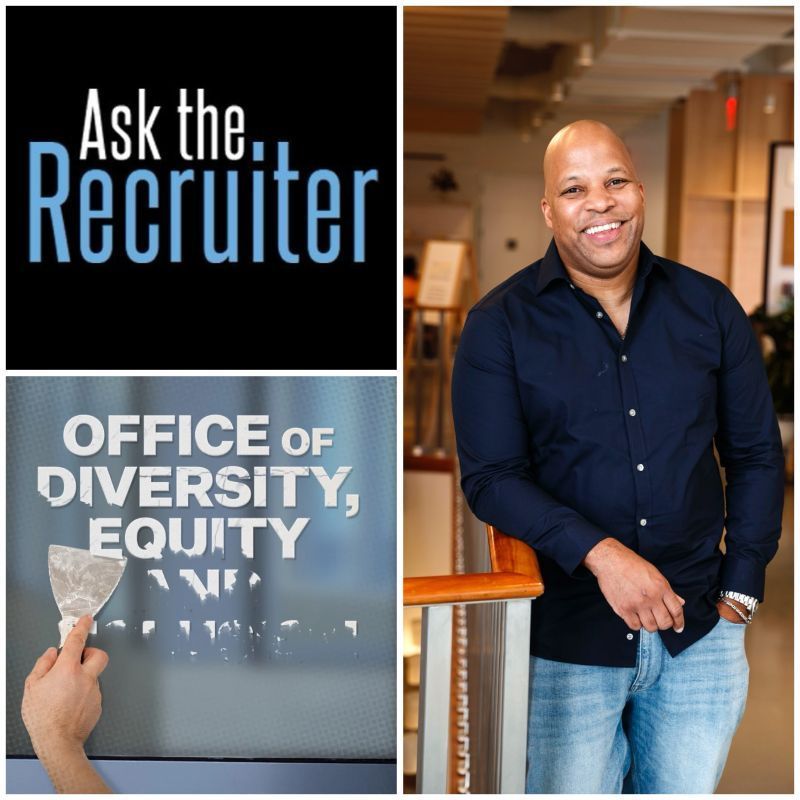Unique Benefits That Will Truly Motivate Your Employees
This is a guest post authored by Ted James of tedknowsmoney.com

As a business owner, you want to ensure you have a happy and healthy team of motivated
employees to support your business. When your workers are satisfied, they're more likely
to be engaged at work. Comprehensive benefits can also help you attract a more diverse
workforce. Discover some benefits that can help keep your workers happy and support a
thriving company below.
Recognize the advantages of diverse hiring
By embracing people of all kinds, including BIPOC, your business can benefit in many
ways. For example, diverse teams with inclusive leadership have been shown to be more
innovative and productive. On top of that, a diverse workforce can also help serve the local
community, attracting a mix of people to the area. If you need support with your diversity
hiring, a professional like East Coast Executives can help.
Flexible working arrangements
According to McKinsey, one of the biggest asks from modern workers is flexibility. There
are many ways you can meet employees' demands for versatility. For example, you might
allow them to work remotely or to only work a four-day work week. You can also create a
framework that supports flexibility, for example with flexi time: Set two hours pers day
when people need to be available, but otherwise let them work when and where they want.
A pet-friendly environment
It's not always possible for workers to do their jobs remotely. In cases where you do need
an in-office presence, strive to make the atmosphere as comfortable for your team as
possible. A pet-friendly office is one option. For example, to create a dog-friendly space,
it's best to create a separate enclosure for dogs, which lets workers have their pets nearby
without becoming distracted.
Health and wellness perks
Healthy employees are more productive and less likely to take days off for medical
purposes. Common health-related perks you can offer your workers include health
insurance, paid sick leave, and unpaid leave. You can also offer more out-of-the box
perks, like on-site wellness classes or company-wide fitness initiatives, like group runs.
Also, consider mental health benefits, like counseling.
Tuition assistance
Many employees in the US have student loans they're trying to pay off. Give your workers
a hand with tuition assistance programs. The US Chamber of Commerce explains how
these initiatives can work and points to companies that already offer such programs, like
Amazon, Starbucks, Walmart, and Lowes. When setting up tuition reimbursement, it's
important to consider practicalities, like what happens if an employee leaves the company.
Child care support
To create a diverse workplace, you need to accommodate people with all kinds of
lifestyles. For example, if you want to attract working moms and dads, it's a good idea to
offer child care support. You might provide a stipend for child care needs, for example, or
even establish an on-site child care service. The BBC reveals that on-site child care has
been one perk proving instrumental in getting parents back into the workplace following
Mentorship and growth opportunities
Your employees don't want to get stuck in a stagnant position with no growth opportunities.
Give them chances to grow. For example, you might pay for additional education to help
them gain new skills and advance in their careers. Mentorship opportunities are also in
high demand. A great mentor can help people chart out their professional path. Plus, for
companies, mentoring programs can be a great way to foster diversity. A robust benefits package
shows your workers that you care about them. Popular perks
range from extra paid vacation to vision and dental care and birthday paid-time-off. The
above list has some more ideas to inspire you.
Learn more about the benefits of diverse hiring and how to keep your employees happy
from the blog.














